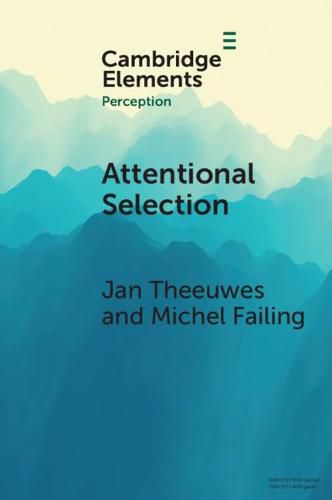Readings Newsletter
Become a Readings Member to make your shopping experience even easier.
Sign in or sign up for free!
You’re not far away from qualifying for FREE standard shipping within Australia
You’ve qualified for FREE standard shipping within Australia
The cart is loading…






In this Element, a framework is proposed in which it is assumed that visual selection is the result of the interaction between top-down, bottom-up and selection-history factors. The Element discusses top-down attentional engagement and suppression, bottom-up selection by abrupt onsets and static singletons as well as lingering biases due to selection-history entailing priming, reward and statistical learning. We present an integrated framework in which biased competition among these three factors drives attention in a winner-take-all-fashion. We speculate which brain areas are likely to be involved and how signals representing these three factors feed into the priority map which ultimately determines selection.
$9.00 standard shipping within Australia
FREE standard shipping within Australia for orders over $100.00
Express & International shipping calculated at checkout
In this Element, a framework is proposed in which it is assumed that visual selection is the result of the interaction between top-down, bottom-up and selection-history factors. The Element discusses top-down attentional engagement and suppression, bottom-up selection by abrupt onsets and static singletons as well as lingering biases due to selection-history entailing priming, reward and statistical learning. We present an integrated framework in which biased competition among these three factors drives attention in a winner-take-all-fashion. We speculate which brain areas are likely to be involved and how signals representing these three factors feed into the priority map which ultimately determines selection.